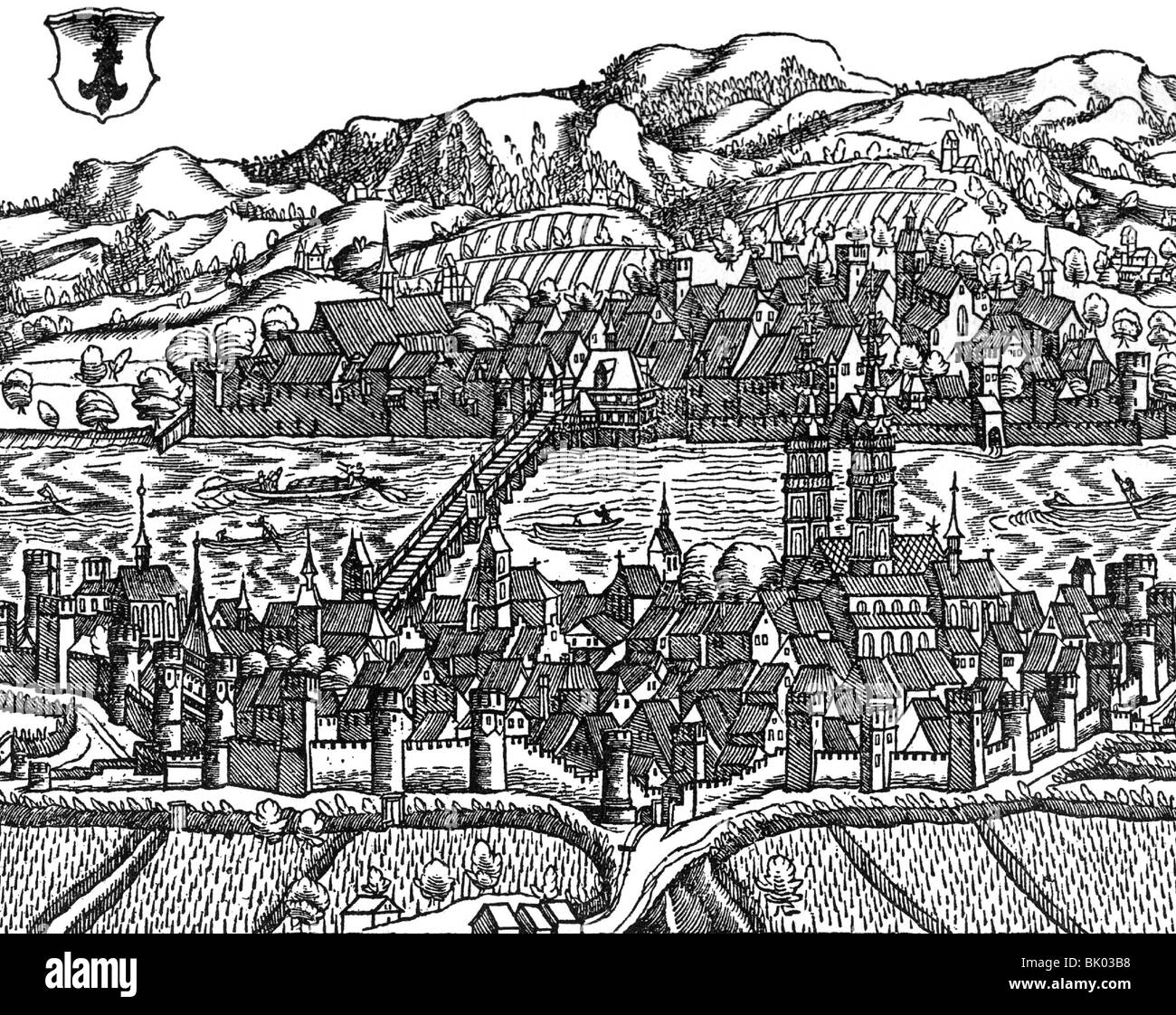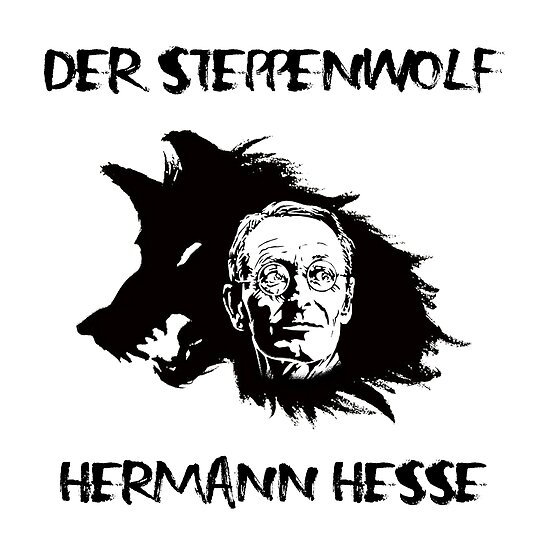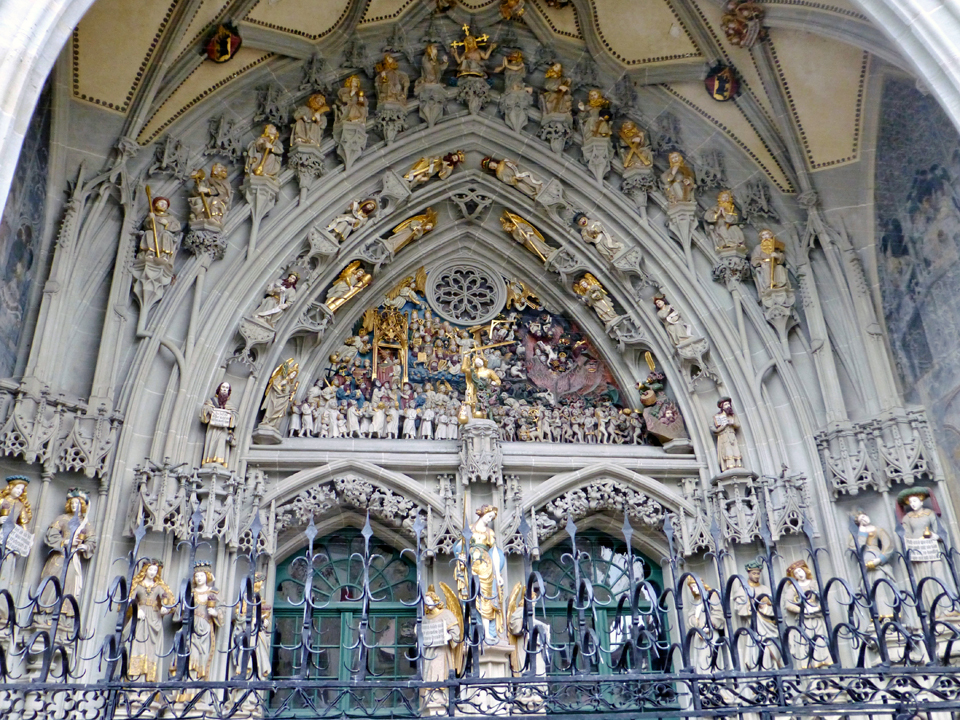A blog inspired to teach my children about other countries and cultures through their food. It also includes music, arts, and literature from those countries as well.
Tuesday, December 31, 2019
Worldly Rise Year End Stats -- 2019 Edition
It’s that time of year again, and it feels weird to start back up on this blog with an End-of-Year Stats post when I haven’t written on it for so long. But 2019 was at least a decade long. However… [drum roll, please]... We finally moved into the home we’ve been working on forever! My kitchen is Box City right now, but hopefully we’ll be able to sort and get stuff cleared away soon. Basically, these stats are essentially what I did for the first part of the year. We’re in the homestretch now.
Monday, June 10, 2019
SWITZERLAND: THE FOOD
It’s hard to believe that today is June 9, and my kids STILL aren’t out of school yet. (Their last day is the 13th.) And it’s also hard to believe that we’re STILL trying to finish up the final repairs to this house that should’ve been finished over a month ago. Turns out, the guy was just taking our money and only fixing not even half the stuff we signed off on. But luckily, we have a new crew in there who seems to know how to work more than two hours at a time. We might actually get to finally move into it soon.
 |
| I bet these would also be good with some orange zest, too! |
So, to calm down and celebrate the end of the school year coming up, there’s no better way than with food from Switzerland. The first thing I got started with was the Bütschella. First, I proofed my yeast in warm water until it was dissolved and frothy. In a large bowl, I added in my flour, sugar, salt, and lemon zest and made sure it was all combined well. To that, I added in two eggs, some softened butter and the yeast mixture. I mixed everything by hand and kneaded it for about 10 minutes. After several minutes, I threw in some dried cranberries (the recipe calls for raisins, but I hate raisins; lemon and cranberries are much better together) and mixed it until it seemed like they were pretty evenly distributed throughout the dough. I formed it into a ball and covered with a slightly damp cheesecloth (instead of a towel) and let it rest for about an hour. I set out a baking sheet covered in parchment paper. After dividing my dough into twelve pieces and forming them into balls, I set them on the parchment paper to rest for another 30 minutes or so. I set my oven to 350ºF, and while it was heating up, I brushed the tops of these with an egg wash (using the whole egg) and sprinkled sugar on top of that. I let these bake for about 20-25 minutes until they look golden brown on top. I was amazed at how good these are, and definitely better with the cranberries. The crumb was perfect. What a great little summer pastry!
 |
| Very tender, the flavor was very good despite being minimally seasoned. |
The main dish I made today was Zürcher Geschnetzeltes. Instead of veal, I’m using thin-cut pork cutlets, mostly because veal is harder to find and more expensive when you find it (I looked for it when I made Austrian food and wanted to use veal for wiener schnitzel. It would’ve been $63 for about 3 lbs!). I cut my pork into thin strips and sprinkled enough flour over it to coat them well. I melted butter in a frying pan and pan fried the meat until it was done and set it aside. Then I added a little more butter and sautéd the onion, sage leaves, and garlic for a few minutes before adding in the baby bella mushrooms. (I don’t think I’ve ever used sage leaves before and they smelled just like the woods.) I let these cook for another five minutes so that everything was soft before adding in a little bit of white wine and the pork back into the skillet. I let this cook down until most of the wine has cooked off, then turning the heat down and letting it simmer for another 5-10 minutes. At the end, I seasoned it with a bit of salt and pepper and added in the cream. I let everything cook for another two minutes before I turned the heat off. Now this was fantastic! I really liked this recipe using the pork. Overall, it wasn’t a difficult dish to make, very easy for a weeknight dish.
 |
| I could eat this for breakfast. It was amazing, and I can definitely see room for variations. |
To go with this, I made Oven-baked Rösti Cake. Any recipe that starts out with pan frying bacon and chopping it into small pieces has the potential to be amazing. Then I got my big pot out and boiled a couple lbs of golden/yellow potatoes for 5 minutes (that was the closest thing I could find to Maris Piper potatoes, which apparently aren’t here in the US from what I gathered). After a quick blanch and dip in some cold water, I patted them dry and grated them (using the large grates) into a bowl. I grated part of an onion and mixed it and the bacon with the potatoes. I pulled out one of my loose-bottom cake tins, and sprinkled the potato mix in the cake tin that I had greased heavily with butter. Trying not to pack any of it down, I topped it with small pieces of butter. Before I put this in a 375ºF oven, I warmed up a baking sheet for about five minutes first. Then I placed my cake tin on the heated baking sheet and let this bake for about an hour. The potatoes should be cooked through and be crisp on top. I think I ended up boiling my potatoes a little longer than needed, but it kind of worked out in the end. I really liked this dish. It was almost like a potatoes au gratin of sorts. And it went quite well with the pork. I just wished I had made a green vegetable of some sort to go with them as well.
 |
| Such a wonderful meal! A+++++ |
This meal was so wonderful. All the dishes turned out well, in fact, it was more than well. This is the best type of comfort food, which is a good place to end my blog meals in this house. I’ll be taking a break for the next month or so as we get ready to move, but I’m really excited that the next time I cook for my blog will be in my own kitchen of our own home. Even though this is a rental home, we’ve been in it for nearly nine years, and I’ve cooked 167 of my blog meals in this kitchen. Onwards and upwards.
Up next: Syria
Saturday, June 8, 2019
SWITZERLAND: MUSIC AND DANCE
Despite being a multicultural nation, there is something uniquely Swiss about their music. Not much is known about super early folk music traditions in Switzerland, but it’s thought that they utilized the modes (scales) and instruments that were common of the time. Hammered dulcimers (which I want to own one day), hurdy-gurdies, castinets, alpine horns (yes, the same in the Ricola commercials), fifes, bagpipes, citterns (a type of string instrument), and shawms (a type of double-reed woodwind instrument) were used in much of Swiss folk music.
By the 19th century, we knew much more about Swiss music. Brass bands started to become a thing, and instruments were being built better to more of a standard. Not long after the accordion was invented in Vienna, it made its way to Switzerland where they embraced this instrument that would allow you to play both the melody and harmony at the same time, yet far more portable than a piano (to be honest, most instruments are). Oddly enough, the accordion wasn’t used in dance bands until the early 1900s. As we got into the 20th century, genres like jazz, swing, and the foxtrot began to infiltrate Swiss music, especially in the urban areas. Starting in the 1960s, rock took over and swept its way into homes and radio stations, bringing in different styles like psychedelic rock, blues, hard rock, and punk.
The Swiss would incorporate several different dance styles as part of their traditional dances, even ones that didn’t originate in Switzerland but popular throughout Europe. Some of these include the polka, mazurka, waltz, Scottish, and foxtrot. In the 1800s and into the 1900s, folk dancing took on a different motivation: to create a sense of home and belonging. These dances were often performed at weddings and public events. One dance that’s particular to the central part of the country is the Bödälä, a dance marked by a lot of stamping in intricate rhythmic beats.
 |
| Knut |
I listened to several bands from Switzerland. The first was Knut, a metal band that definitely sounds like something I’d play in my car. I would recommend them for releasing your inner rage a la Aggretsuko style.
 |
| Eluveitie |
Of course, I was excited that we finally got to one of my favorite metal bands, Eluveitie. They are more of a folk metal band, but I think they’re fantastic. My cousin introduced them to me, and now I have three of their albums. I also just realized they have a new one that came out this year I didn’t know about.
| Yves Larocks |
Switching genres, I also sampled some tracks from Yves Larock. It’s more of a dance music style mixed with a little electronica, but I think they’re good. I like them. They do have vocals to them, but that’s ok. I took a brief listen to Christine Lauterburg. Her music is kind of soft pop mixed with some electronic-influenced ambient, and one song has an Arab-style folk music mixed in. If you need something slower, then this is it. Another one I listened to in this genre is DJ Bobo, with a little more dance-pop influence, I think. I also just giggle at his name (bobo means “fool” in Spanish).
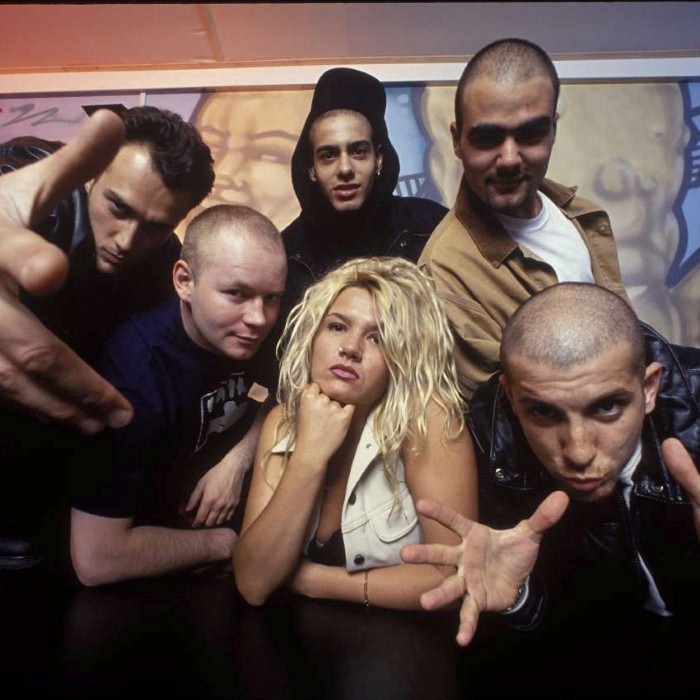 |
| Sens Unik |
And, I also listened to Sens Unik. It’s not what I originally thought this was. It’s hip-hop but it’s also got sung lyrics on occasion and uses a little bit of funk and rock mixed in there too. Plus, he raps/sings in French, not German. They remind me a little bit of the Croatian hip-hop duo Elemental.
 |
| Gotthard |
One band I listened to that I really like is a hard rock band called Gotthard. They remind me a little bit of the hard rock/metal bands of the late 1980s and early 1990s. I can get with this. I think I can detect a Metallica or Guns N Roses influence in there.
Up next: the food
Tuesday, June 4, 2019
SWITZERLAND: ART AND LITERATURE
From its elaborate embroidery on their clothing to their wood carvings, Switzerland’s folk arts are pretty well known. Their embroidery was typically used on women’s clothing and accessories but is now generally relegated to more touristy purposes now. Traditional clothing are pretty much only worn for cultural festivals these days.
A type of woodcarving commonly seen in Switzerland is called chip carving. This style of carving is when you take a small knife or a chisel and chip off pieces of wood from a larger block. Many artists have created figurines, spoons, walking sticks, stools, and other objects using this method. My uncle does this and makes fantastic intricately carved spoons. They really are incredible, and I want to learn how to do this.
They also have an odd carving tradition: Rääbeliechtli. It’s part of a fall celebration with its roots in Halloween. They carve out the insides of a root vegetable, most often it’s turnips, and then place a candle inside and hang it by three chains. (“Excuse me, can you turnip the light a little bit?” I’m sorry. I have a problem with offering unsolicited puns.) It is beautiful, though.
They have also had quite a few painters and sculptors from Switzerland make a name for themselves. During the 16th century, religion (especially Protestantism) had a strong hold on the subject matter of their art. Swiss artists spanned a number of artistic styles and mediums, and many of them were well known: Samuel Hieronymus Grimm (18th century watercolor painter), Alberto Giacometti (much of his works were drawn on [pun intended] inspirations from Etruscan artists), Jean Tinguely (sculpturist, known for complex moving works using scrap metals), and Paul Klee (one of the more well-known 20th century artists, known for his Surrealism, Expressionism, and Cubism styles).
 |
| A Google Doodle for Paul Klee's 139th birthday. |
The Dada movement, which was popular in Europe during the first couple of decades of the 20th century, started out in Zürich, Switzerland. It came about in response to WWI as a way of rejecting the reason and conformity of the capitalist society of the day. Instead, they opted to create art that represented the opposite: creating worlds that were upside-down, illogical, nonsensical, and often with an anti-bourgeois sentiment. The movement quickly spread to New York, Paris, and other cities.
One of my husband’s favorite artists is HR Giger. Some of his most famous works can be seen in the biomechanical monsters of sci-fi movies and video games, including the alien from the Alien franchise. However, if you look up a picture of HR Giger, I think he looks like Biff Tannen from the Back to the Future movies when they go into the future and he’s older. Tell me there’s not a resemblance.
 |
| L - HR Giger; R - the character Biff Tannen |
Swiss literature is mainly written in German, but there is still quite a bit that is written in French, Italian, and Romansh. Of course, the earliest writing from this area tend to be written in Latin, but toward the end of the Middle Ages, court and other political document switched over to German.
Outside of government papers (which aren’t really considered literature, per se), many of the first pieces of literature were in the form on poems or songs. And like many epic poems written during the late Middle Ages and early Renaissance period, topics generally includes stories about wars, war heroes, adventures, and love. These poems and songs often serve as a historical account. One of the first major works written in German was an elaborate history of Switzerland by Joseph Strumpf written in 1548.
 |
| Solomon Gesner |
During the 18th century, three cities became some of the key literary centers for not only Switzerland but in Europe as well. Zürich is probably the most known for its literary circles, but Basel and Bern also held their own. (Basil was also known for its mathematicians.) Some of the big names that were influential during this time include Isaac Iselin, Albrecht von Haller, JJ Scheuchzer, Solomon Gesner, and Johann Georg Zimmermann.
Themes shifted a bit in literature written during the 19th century. A sense of homeland, local dialects, and the country/peasant life brought forth a different focus and life in Swiss literature. Johann David Wyss wrote the famous novel Swiss Family Robinson, but also gave us the lyrics to the Swiss national anthem as well. Johanna Spyri wrote the well-known children’s book Heidi, which is set in the Swiss Alps (which I have a nice hardbound copy of given to me by my grandmother).
There have been two Nobel prize winners in literature during the 20th century: Carl Spitteler (1919, famous for his epic poem “Olympian Spring”) and Hermann Hesse (1946, I’ve read his novels Steppenwolf and Siddhartha and have Demian on my to-read list).
Up next: music and dance
Thursday, May 16, 2019
SWITZERLAND: THE LAND AND THE PEOPLE
I used to get Switzerland and Sweden mixed up. Perhaps because they both utilize Germanic languages. Perhaps because they both start with “Sw” and I just stopped listened after that. Perhaps because they both have mountains and are cold in the winter. Who knows? But now, I realize there are many things that the Swiss are especially known for, or at least have it in its name: Swiss army knives, Swiss cheese, Toblerone, chocolate, Swiss chard, fondue, watches, wine, and the Red Cross. But there is so much more to it than eating well and warding off people who want to steal your food.
Switzerland is a combination of Switzer (an old term for Swiss) plus land. The English borrowed from the French to come up with the word Swiss, and Switzer is derived from many similar Germanic words and origins. However, this area was once part of the Roman Empire, so it also became known by its Latin name Confoederatio Helvetica. And that’s why its Internet top-level domain extension is .ch and the Swiss franc abbreviation is CHF. It all makes so much sense now.
Switzerland is a landlocked country in central Europe. It’s bordered by Germany to the north, Liechtenstein and Austria to the east, Italy to the south, and France to the west. Topographically, the country is generally divided into three areas: the Swiss Alps in the south, the Jura Mountains in the west, and the Swiss Plateau in the central part of the country. Although the Matterhorn is probably the most famous peaks, Monte Rosa is taller. Several lakes and rivers are a source for freshwater in Switzerland, and there are also two exclaves found inside the borders: Campione d’Italia belongs to Italy and Büsingen belongs to Germany. Although Switzerland is not a large country, its climate can vary from north to south and can also vary in altitude. Its mountains also create delicate ecosystems in its valleys.
Farming settlements have been found in Switzerland dating back to around 5300 BC, but there may have been people roaming the area for the past 150,000 years. Several different tribes made their homes in this area, but probably the most important one was the Helvetii tribe. After being defeated by the Roman army, they were incorporated as part of the Roman Empire and given the name Confoederatio Helvetica (you know, where the font name came from. I’m not a fan of it myself, but it’s what many transit companies and businesses use for signage). Germanic tribes like the Alemanni were a constant threat, and they eventually aligned themselves with the Frankish Empire until they were brought back into the Holy Roman Empire. Just after the Middle Ages, several cities and rural communities got together to create the Old Swiss Confederacy. By the late 1700s, France had created itself a oppressive army led by Napoleon and aimed to fight all of its enemies -- and Switzerland was stuck in the middle of this, which it did not ask for, mind you. The Congress of Vienna granted Switzerland’s independence, and it maintained its neutrality. The mid-1800s was a period of uprisings across Europe, and Switzerland was no exception. It was also a time where quite a bit of change took place, from setting up the infrastructure of their government to establishing the Swiss franc as their currency. Switzerland became well known for maintaining its neutrality during WWI and WWII. Although the International Red Cross of born in Switzerland in 1863, they had an integral part during WWII. Surprisingly, they were the last country in Europe to grant women the right to vote (1959), and it was only in 2002 when they joined the United Nations as a full member.
Technically speaking, the city of Bern is only the de facto capital city, and the Swiss themselves refer to it as the “federal city.” Located in the western part of the interior of the country, Bern sits on the Swiss Plateau and about 12 miles north of the section of the Alps called the Bernese Alps. Bern is a world-class city, filled with top arts and culture acts, museums, shopping, fine dining, and sports. It’s also a hub for commerce, education, media, and the government.
Several years ago, Switzerland was ranked as the wealthiest countries in the world. They do enjoy a high-tech, prosperous economy. There are several multinational companies that have headquarters here like Nestlé, USB AG, Zurich Financial Services, Credit Suisse, and The Swatch Group (which owns several of the top luxury watch companies in the world). The unemployment is low, and it’s ranked high when it comes to the ease of doing business in the country. However, even though Switzerland is up there on its free trade policies, its agricultural protectionism has been a direct impact to the rise in food costs in the country. That being said, there is also a high regard for scientists in Switzerland, and they have had several Nobel Prize winners in multiple categories.
Although there is no established religion, Christianity tends to dominate with nearly 68% of the people following some denomination or another. And most of those are either Roman Catholic or Swiss Reformed along with a smattering of other Protestant versions. Of the non-Christian religions, Islam tops out with nearly 5.5%. However, nearly a quarter of Swiss people are either atheist, agnostic, or not affiliated with any particular religion.
For a country that’s not all that large, Switzerland has four official languages. The most widely spoken one is German, spoken by almost two-thirds of the country and especially in the central and northern parts of the country. French is spoken predominantly in the western regions while Italian is used in areas in the south. Another language spoken in areas toward the southeast part of the country is called Romansh (essentially, a descendent of Latin, but it has a ton of German and Italian loan words).
The company Nestlé is headquartered in the city of Vevey. And that happens to also be the name of a small town in southern Indiana, which ALSO happens to be county seat of Switzerland County. When the US was being formed, there were many Swiss immigrants who settled along the Ohio River in Ohio, Indiana, and Kentucky. I’ve been to Vevey, Indiana. It’s a lovely little town and famous for its Swiss Wine Festival in August (which I can’t believe I’ve never been to). It was founded by Swiss pioneers who named it after the city in Switzerland, and they soon set up the first successful commercial winery in the United States.
Up next: art and literature
Monday, May 6, 2019
SWEDEN: THE FOOD
Spring is truly here now. We’re heading into the last real month of the school year and things are winding down. Thoughts of summer break and moving into the house that we’ve been working on are ahead of us now. There’s just so much to do and not enough time to do it in.
 |
| Breakfast bread! |
But it’s always a good time for Swedish food. Today I started out with making Swedish Limpu Bread. I started out with boiling my sugar, oil, salt, caraway seeds, orange rinds in water for a few minutes (I left out the fennel seeds since my husband hates fennel with a passion). While that was cooling down a bit, I mixed my flour and yeast together in a separate bowl before pouring in the orange rind mixture. I used a hand mixer for this since I thought it would make it easier when in fact it made it more difficult. Then I added in my eggs and a cup of flour and blended it again. Again, the hand mixer gummed it all up. After that, I added a little bit of rye flour and a bit more all-purpose flour to make it a stiff dough. I kneaded it for several minutes until it was somewhat smooth, forming it into a ball and placing it in a greased bowl. I think I had too much oil in the bowl. I covered it with a piece of damp cheesecloth and let it sit for about an hour and a half. After I punched it down and divided it into two balls, I let it rest for another 10 minutes. Then I shaped into into two bread loaf pans and let them rest for another hour. I didn’t need to brush the tops with olive oil since they were pretty oily from the bowl still. After that, I baked them in a 400ºF oven for about 30-35 minutes. I thought the hint of orange was really good. Not overpowering at all. And it had the consistency of a banana bread or something like that. I really enjoyed this.
 |
| I think we're set on salt consumption for the week. |
The main dish for today is Rimmad Lax, or Swedish Salted Salmon with Dill Sauce. (And you thought I was going to make Swedish Meatballs, didn’t you? Bwahaha.) I was supposed to let this set up the night before, but I forgot. So, I mixed some salt and sugar and sprinkled it on my salmon filets and placed them in the fridge for about 6 hours. When it was time to cook, I melted some butter and added in some flour, stirring it together before I added in the milk. It still clumped up. After stirring for a bit, I added in the heavy cream and stirred again. Then I added in the salt, pepper, nutmeg, and chopped dill and stirred until it was smooth and consistent. My salmon was already boneless and skinless, but if yours isn’t, you should take the skin off the salmon. I took my salmon out of my bag with the salt mix and put it in a skillet with some water. I cooked the salmon for a few minutes before realizing it was too much water and drained some of it. Just as soon as it’s almost done (should just flake easily), I poured over the sauce and cooked until the salmon is done. I sprinkled a little bit more dill as a garnish. Here’s the family’s consensus, more or less: the salmon and dill combination is excellent, but the salmon definitely needed to be rinsed off more. It was just too salty for our tastes. And this is coming from a family who ate sardines and crackers for dinner last night.
 |
| Who doesn't like cheese-encrusted potatoes? |
To go with this, I made Hasselback Potatoes. I bought a bag of baking potatoes and peeled them (you can place the peeled potatoes in cold water to keep them from turning brown). Then take each potato and cut thin slices about halfway down, leaving the bottom half of the potato intact. I placed all the peeled and cut potatoes in a baking dish and poured half the melted butter on top of them before sprinkling salt and pepper on top. I baked these at 425ºF for about 35-40 minutes. When they were done, I took them out and drizzled the remaining melted butter and then sprinkled a bit of Parmesan-Romano cheese and bread crumbs, along with a bit more salt and pepper. Then I put them back in the oven for another 20 minutes until it was a golden brown color. I really liked this, even though I thought that some of the potatoes were still a little hard in the center. Maybe I should try parboiling them for a few minutes before cutting them and baking them. But it was easy enough and tasty.
 |
| Personally, this one was my favorite. And the red wine vinegar made it quite tasty! |
As a contrast to the saltiness, I also made Swedish Pickled Cucumbers. Although fairly ubiquitous among many European countries and other areas of the world, this is a slight variation. I sliced up a cucumber and put them in a bowl. Then I mixed some vinegar (I didn’t realize I only had ½ oz of the white vinegar left, so I added in red wine vinegar instead, and I was not disappointed), sugar, water, and salt and poured it over the cucumbers. I sprinkled some parsley and paprika over the cucumbers and let it sit in the fridge for at least three hours (you can also make this the night before). I really liked this. It was an excellent contrasting pair with the saltiness of the potatoes and salmon.
 |
| Overall, with a few tweaks here and there, this was a pretty good meal. |
Truth be told, I’ve never been to an IKEA. We used to have to travel out of state to get to the nearest one, but now we have one in the Indy area. And I still haven’t been. It seems like a place I should like, but yet, I’ve never been overly excited about going. I have friends who just absolutely love it. And yet, I remain in different. All those memes about how IKEA tears marriages apart? Yeah, that’s not us. But then again, I heard they serve Swedish meatballs, so I might just venture into one before long.
Up next: Switzerland
Wednesday, May 1, 2019
SWEDEN: MUSIC AND DANCE
For a long time, music in Sweden tended to be a hodgepodge of northern European musical styles: mazurka (Poland), polka (Bohemia and Czech), schottische (Bohemia), waltz (Germany), and the polska (Nordic music and dance). Music has long played an important part of their culture, leading up to having quite a few internationally successful commercial acts.
Folk songs were generally derived from herding songs from the fields. Two main types of folk songs developed in Sweden: kuhling, a type of song sung by women engaged in cow-herding; and ballad songs that stemmed from a printed sheet of poetry called skillingtryck that was popular during the 19th century.
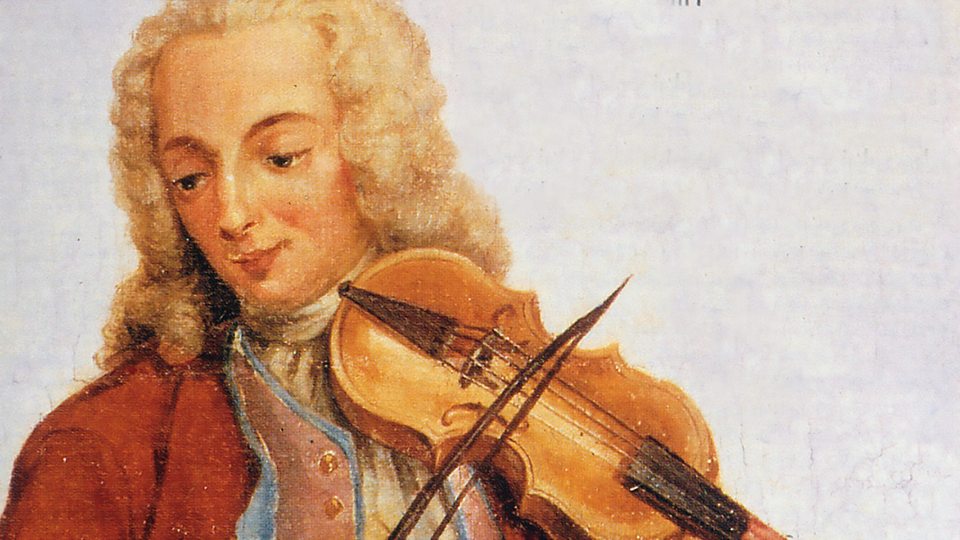 |
| Johan Helmich Roman - I don't know about you, but that bow looks like it doubles as a bayonet. |
While countries like Germany, France, England, Austria, Italy, and Russia had classical composers that are far more well known, Sweden wasn’t completely left out of the game. They were just known on a smaller scale. Johan Helmich Roman was one of the earliest composers to have any kind of influence on the classical music scene in Sweden, often referred to as the “father of Swedish classical music.” Joseph Martin Kraus was another composer during the Classical period who was quite well known in Sweden. The Romantic period brought about several composers, many of whom who incorporated Norse mythology and folk songs into their music: Franz Berwald and Wilhelm Stenhammar. Composers like Kurt Magnus Atterberg, Hilding Rosenberg, and Ture Rangström flourished during the 20th century. Talented opera singers and musicians traveled the world showing off what they do best, and chorale singing was pushed as a genre that became quite popular in Sweden and making a name for itself.
Much of the folk music styles have corresponding dances that go with them and are similar to folk dances/music throughout the Nordic region (Norway, Denmark, Sweden, Finland). And many of these dances originated elsewhere. The larger portion of these types of dances are partner dances, although there are quite a few exceptions to this. One example is the halling dance, a type of solo dance from Norway that’s also danced in some areas of Sweden. From what I've gathered, it looks like you have to kick a hat on a pole. Winters are long in these parts, I suppose.
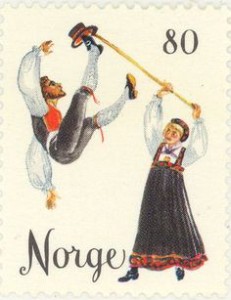 |
| Although this is a Norwegian stamp, you can see what halling is. |
By far, the most common instrument used in Swedish folk music is the fiddle. Essentially the fiddle and the violin are the same instrument although the style of playing is different, and there might be some variations in construction in order to produce the sound they’re looking for. And of course, there were variations of the fiddle as well: the låtfiol (a type of fiddle with two sympathetic strings) and the nyckelharpa (a keyed fiddle, like a cross between a fiddle and a hurdy-gurdy). I usually think of the bagpipes as being a Scots-Irish instrument, but it’s also used in other cultures including Swedish folk music along with harmonicas and accordions.
 |
| Nyckelharpa |
So apparently, unbeknownst to me, there are a ton of bands and artists that originated from Sweden. (And almost all of them sing in English.) I’ve been so busy lately, that I didn’t really get to dig into all of the artists I’m not familiar with, so here’s a short recap of the ones I mainly already knew (who may be new to you!).
 |
| ABBA |
Probably the most well known Swedish band in the world is none other than Anthony Bourdain’s nemesis: ABBA. Super popular in the 1970s and 1980s, they’re almost synonymous to the disco era of music. Two of their members, Benny Andersson and Björn Ulvaeus along with lyricist Tim Rice, created the cold war musical Chess in 1984 (which I bought a copy of as a teenager!). Much of their music was also used in the movie musical Mamma Mia! (which I have not seen).
 |
| Europe |
The band Europe, known for their song “The Final Countdown,” got their start in 1979 and continued up to the early 1990s. To me, they had that “hair band” sound and were influenced by quite a few similar acts.
 |
| Roxette |
Another band I remember listening to when I was in middle school was Roxette. I used to love the song “Fading Like a Flower.” However, when I listened to the song “Spending My Time,” it sounded familiar to me but not exactly. Then it hit me: I knew this song from a mostly unlabeled CD of Spanish-language songs someone had given me years ago, and this song was under the title “Un Dia Sin Ti.”
 |
| Ace of Base |
And of course, I had several Ace of Base songs on high rotation back in the day. It was one of the handful of bands at that time who were helping to bring this style of dance music into the US mainstream radio play. I’d say most people are familiar with their songs “The Sign,” “All That She Wants,” and “Don’t Turn Around.”
 |
| Eagle Eye Cherry |
And one of the biggest surprises for me was finding out Eagle Eye Cherry was Swedish. I really liked the song “Save Tonight” when it first came out, and I finally listened to more of their stuff and was pleased to find out it’s mostly in the same style.
 |
| The Cardigans - clearly she's not wearing one |
OK, now when I was in high school, our Japanese foreign exchange student introduced me to The Cardigans, and I was obsessed with them for several years. I knew the lyrics to all the songs from the The Band on the Moon album. The song “Lovefool” was made popular for being on the Romeo + Juliet soundtrack.
 |
| Peter Bjorn and John |
Now for indie rock: I knew about Peter Bjorn and John for a while, ever since their song “Young Folks” was used in an AT&T Mobile Music commercial way back in the day. It’s been used in several other commercials since then, and one oddly named “Hey Google, play that hipster song with the whistles.” That narrows it down to like 1462 songs.
 |
| Avicii -- RIP |
Avicii has been popular in dance clubs and video games alike. His songs “Levels,” “Hey Brother,” and “Wake Me Up” are probably the most known songs. He unfortunately passed away a last year at the age of 28 from suicide.
 |
| Swedish House Mafia |
Sticking to the same genre, Swedish House Mafia has had quite a bit of success in the dance/club music and video game music. The songs “Antidote,” “One,” and “Save the World” are probably some of the more recognizable songs.
 |
| The Tallest Man on Earth - maybe on the inside, probably average in real life |
My cousin’s wife introduced me to The Tallest Man on Earth (not literally, although that would be cool). I could’ve sworn he was probably from Tennessee or something and was super surprised to find out he wasn’t. His mostly acoustic guitar folk melodies always put me in a retrospective mood, like I need a frosty morning and a cup of hot coffee and a blanket.
 |
| Tove Lo |
In the pop music genre, one artist who was pretty popular a few years ago is Tove Lo. I haven’t heard much from her in the last couple of years ago. But her songs “Habits (Stay High)” and “Talking Body” were played all the time on the radio there for a minute. Her birthday is the day after mine, by the way.
 |
| Opeth |
In Swedish music that I wasn’t fully aware of before this, I came across one in the swing hip-hop category that I listened to called Movits!, and a few in various rock and metal categories: Dark Tranquility, Yngwie Malmsteen (who I knew of), and Opeth (who I also knew of).
Up next: the food





